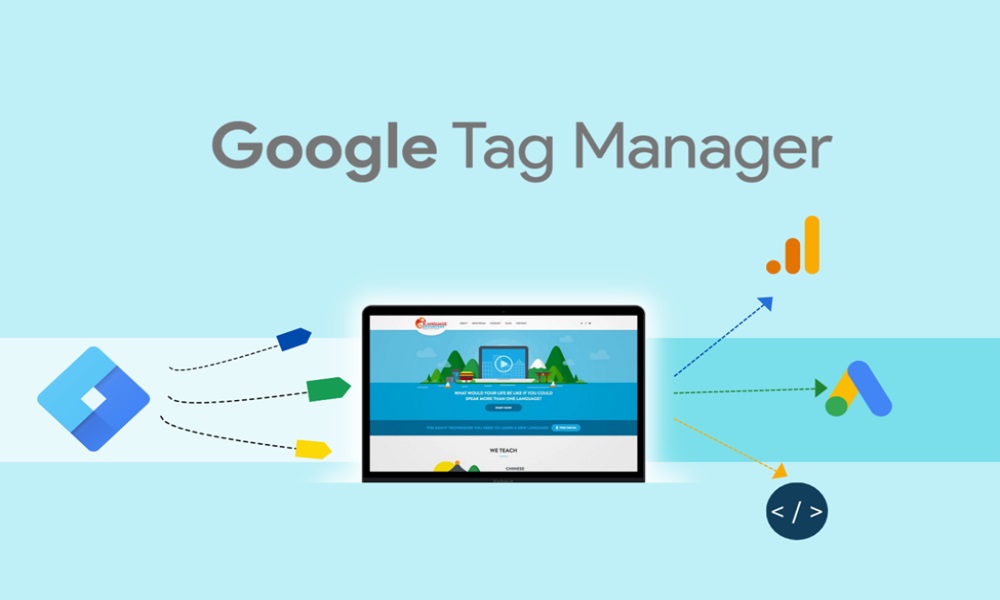In the dynamic landscape of digital marketing and analytics, the importance of accurate data tracking cannot be overstated. Google Tag Manager (GTM) remains a powerful tool for marketers, offering a centralized platform to manage website tags effortlessly. As we navigate through 2024, here are some essential tips to ensure a seamless setup of Google Tag Manager for optimal data tracking.
1. Begin with a Comprehensive Strategy:
Before delving into the setup process, it’s crucial to have a well-defined strategy for what you want to track. Identify your key performance indicators (KPIs), user interactions, and conversion goals. A clear strategy not only streamlines the setup process but also ensures that you’re tracking the data that truly matters to your business objectives.
2. Stay Updated with the Latest Features:
Google Tag Manager is continuously evolving, with Google regularly introducing new features and improvements. Stay informed about the latest updates to take advantage of advanced functionalities. As of 2024, Google Tag Manager may have introduced features that enhance data tracking capabilities or streamline the user experience. Regularly check for updates and integrate new features that align with your tracking requirements.
Also Read: Land a job with Google as a Data Analyst
3. Organize Your Container Effectively:
A well-organized container in Google Tag Manager is the foundation for efficient data tracking. Use a systematic naming convention for tags, triggers, and variables to avoid confusion, especially when managing multiple tags. Consider grouping related tags into folders to maintain a tidy and intuitive structure. A well-organized container not only simplifies your workflow but also makes collaboration with team members more straightforward.
4. Implement Enhanced E-commerce Tracking:
For businesses engaged in online transactions, implementing enhanced e-commerce tracking is a game-changer. This advanced tracking feature in Google Tag Manager provides in-depth insights into user behavior throughout the entire purchase process. From product views to successful transactions, enhanced e-commerce tracking empowers businesses to make data-driven decisions and optimize their online sales funnel.
5. Utilize Variables for Dynamic Data:
Variables in Google Tag Manager allow you to capture and reuse dynamic data on your website. Leverage variables to store information like user IDs, product prices, or any other dynamic data that enhances your tracking accuracy. By using variables effectively, you can create more flexible and dynamic tags, triggers, and variables, ensuring that your data accurately reflects user interactions.
6. Prioritize Mobile Responsiveness:
In an era where mobile users constitute a significant portion of website traffic, ensuring that your data tracking is mobile-responsive is paramount. Test and optimize your tags and triggers specifically for mobile devices. Google Tag Manager provides a preview mode that allows you to simulate how your tags will behave on different devices, aiding in the identification and resolution of any potential issues.
7. Implement Version Control:
Version control in Google Tag Manager allows you to track changes made to your container over time. This feature is invaluable for debugging and troubleshooting, as it enables you to roll back to a previous version if issues arise after an update. By maintaining a structured version control system, you can confidently make changes and experiment with your data tracking setup while having the safety net of reverting to a stable version if needed.
Conclusion:
In the fast-paced digital ecosystem of 2024, effective data tracking is a cornerstone of successful marketing strategies. By following these tips for setting up Google Tag Manager, you can ensure that your data is accurate, comprehensive, and aligns with your business goals. Stay proactive, stay informed, and embrace the evolving capabilities of Google Tag Manager to unlock valuable insights and drive success in your digital initiatives.




